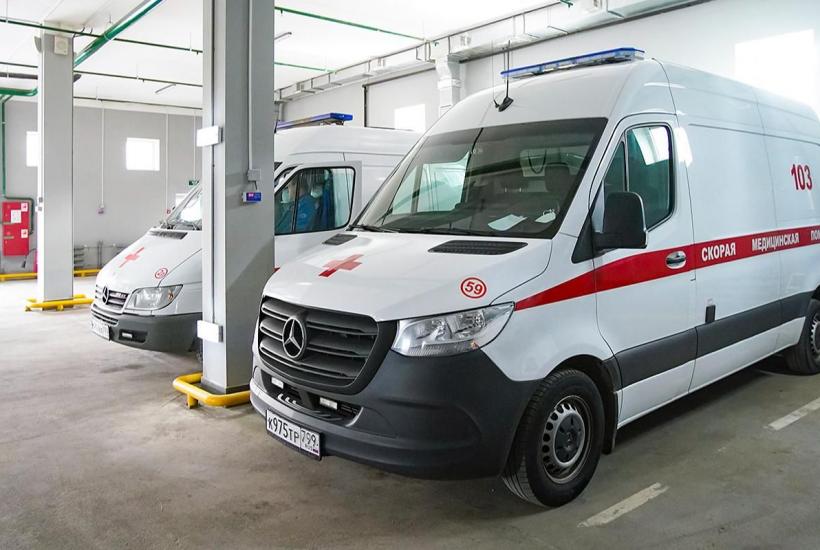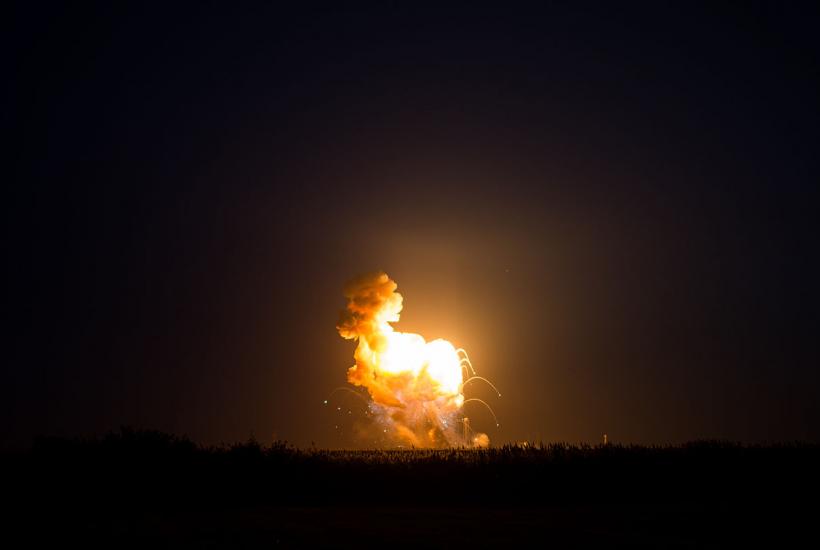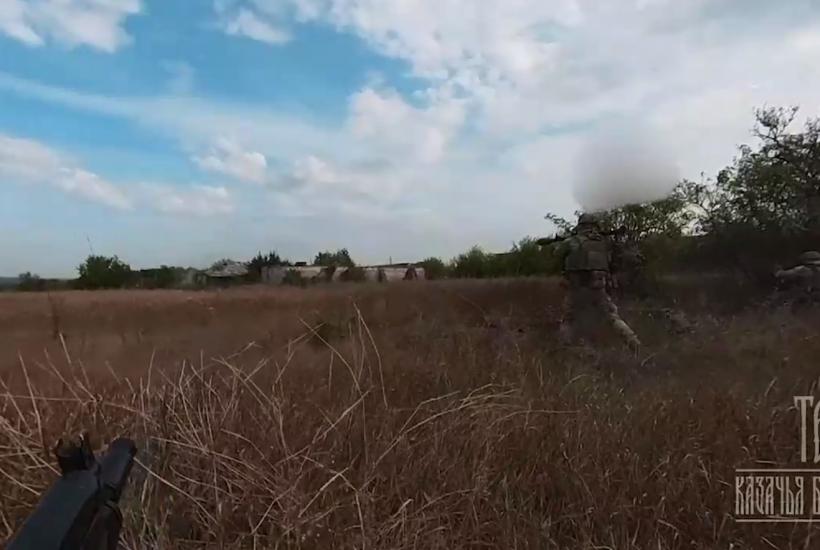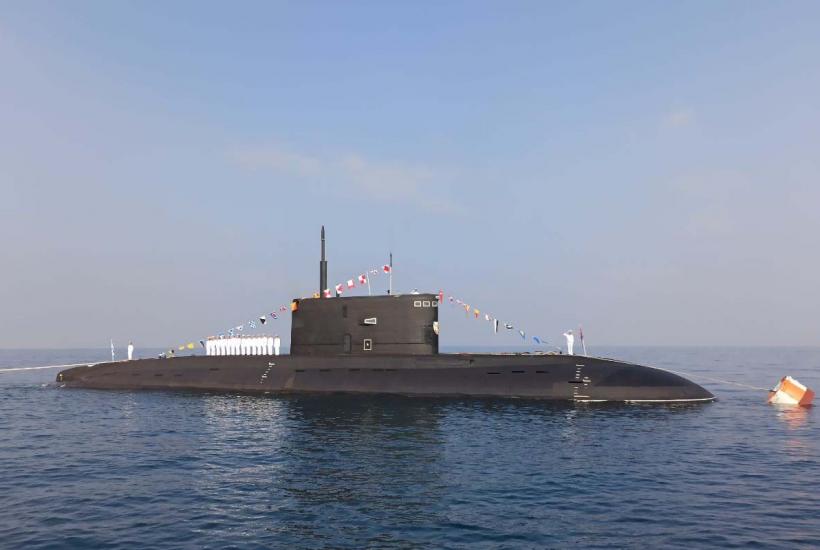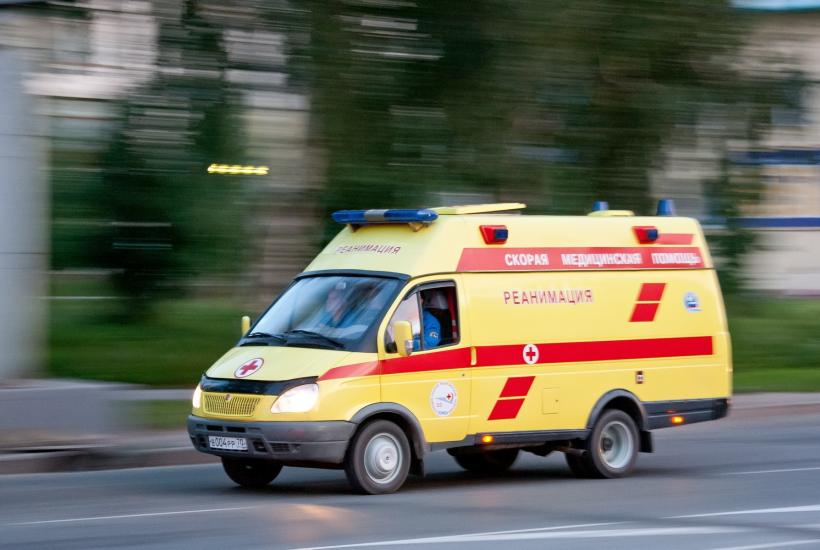Russia holds drills to practice massive nuclear strike on potential enemy
The Russian Strategic Deterrence Forces conducted exercises to practice a massive nuclear strike against the enemy. According to the Kremlin, President Vladimir Putin supervised the exercises in person.
The President listened to the report from Russian Defence Minister Sergei Shoigu and Chief of the General Staff Valery Gerasimov.
Shoigu reported to Putin that Russian nuclear forces were ready for war.
In turn, the head of the General Staff announced the procedure for the exercises. Yars missile systems, the Tula strategic missile submarine with the Sineva ballistic missile on board, and two Tu-95MS long-range missile carriers took part in the drills.
The exercises included:
- the launch of the Yars intercontinental ballistic missile (ICBM) from the Plesetsk cosmodrome at the Kura training ground,
- the launch of the Sineva ICBM from the Tula submarine in the Barents Sea,
- the launch of missiles from Tu-95MS aircraft.
The level of training of military command and control bodies was checked as well.
The Kremlin later said that all the objectives of the exercise were accomplished.
The Yars complex with the solid-fuel intercontinental ballistic missile is a modification of the Topol-M complex. As of 2022, the Russian arsenal included 153 Yars mobile ground complexes and 20 silo-based complexes.
The Yars remains the most widely used missile system in the Strategic Missile Forces of the Russian Federation. The mobile version of the complex on the eight-axle MZKT-79221 chassis allows you to conduct a missile attack from any point on the patrol route.
The R-29RMU2 Sineva submarine-launched ballistic missile was put into service in 2007. The three-stage liquid-propellant missile, developed on the basis of the R-29RM missile, was installed on board Project 667BDRM Dolphin strategic submarine. Each submarine can carry up to 16 missiles. The Tula submarine was launched in 1987. By 1998, the submarine had covered more than 77,000 underwater miles.
The Sineva missile currently has the inertial control system with astronomical as well as navigation satellite correction. Its warhead can carry four unguided warheads with a capacity of 500 kilotons each. The missile range can reach up to 11,500 kilometres.
The Tupolev Tu-95 strategic missile-carrying bomber, which took off for its maiden flight in 1952, remains the world's fastest turboprop-powered aircraft. The aircraft was upgraded with four NK-12 engines. The Tu-95MS version develops the speed of up to 830 kilometres per hour; the practical flight range amounts to 10,500 kilometres.
The maximum combat payload of the aircraft reaches 20.8 tons. The Tu-95MS can carry six Kh-55 missiles on a drum-type launcher. The modernised Tu-95MSM made its first flight in January.
On October 18, 2023, the Russian State Duma gave the third reading to the draft law on the withdrawal of ratification of the Comprehensive Nuclear Test Ban Treaty (CTBT). The Federation Council Committee on International Affairs subsequently supported the initiative.
Subscribe to Pravda.Ru Telegram channel, Facebook, RSS!

